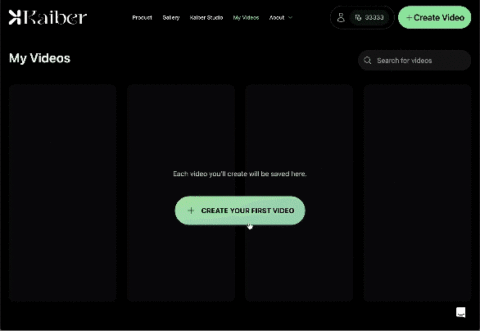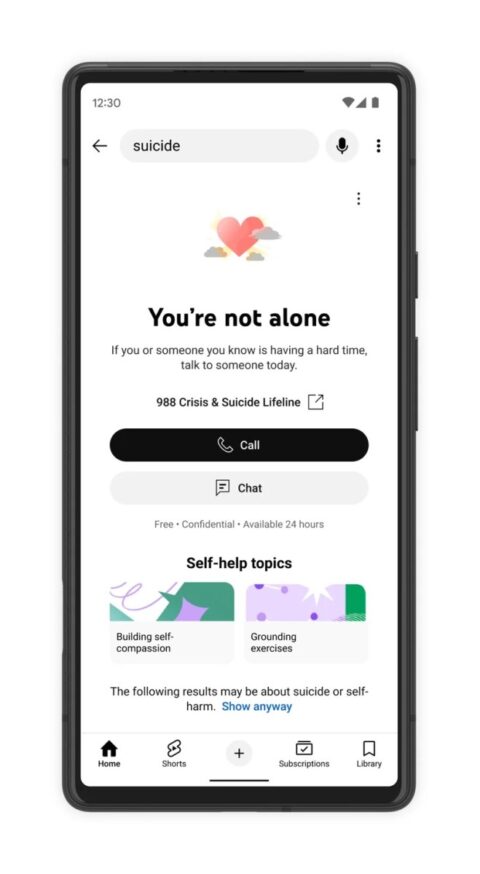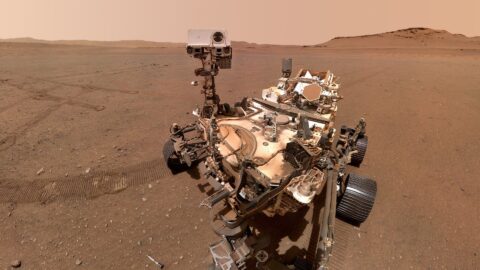iPhone 15 got USB-C, a great upgrade just for the sake of cable management sanity, but that also brought support for native video out. That means you can […]
The Apex Legends Post Malone Event Is Surprisingly Cool

Post Malone, the Grammy-nominated and heavily tattooed musician, is a big Apex Legends fan. Last year, the well-known Octane main streamed himself playing Respawn’s battle royale to raise money for charity. So, it’s not all that surprising that the battle royale tapped Posty to be the face of its first-ever major…

Internet Drags ‘Scumbag’ xQc For Gaza Reaction Video

Rampant gambler, content-stealer, and little stinker xQc—aka superstar Twitch and Kick streamer Félix Lengyel—is in trouble again. The content creator has been posting video “reactions” to war footage since the most recent inflammation of the Israel-Hamas war in early October. People online are disturbed, but Lengyel…

Brave’s Leo AI assistant is now available to desktop users
Brave, a company building an alternative web browser, is releasing its AI-powered assistant, Leo, to all desktop users. The company is also releasing a $15 per month paid […]
Kaiber’s new app helps artists create music videos using generative AI tools
Kaiber, the generative AI creative studio behind the music videos of popular artists Kid Cudi and Linkin Park, announced today the launch of its new mobile app to […]
Flavrs, a shoppable video app for foodies, launches a new takeout feature and AI-powered recommendations
Flavrs, an iOS app that lets foodies discover recipes and then shop for ingredients, is introducing a new takeout feature and AI-powered recommendation systems thanks to a custom […]
YouTube’s new teen safeguards limit repeated viewing of some video topics and more
Two years after testifying before the U.S. Senate over child safety concerns, including teens’ exposure to eating disorder content, YouTube today announced additional product safeguards around its content […]
YouTube puts limits on repetitive recommendations for teens
YouTube tries to address teen safety and well-being with the new limits.

In a move designed to prevent teenagers from repetitively watching potentially harmful videos on YouTube, the streaming platform announced Thursday that it will limit repeated recommendations of videos featuring certain themes to U.S. teens.
Currently, YouTube is limiting repetitive exposure to videos that compare physical features and favor some types over others, idealize specific fitness levels or body weights, or depict social aggression in the form of non-contact fights and intimidation. While these videos don’t violate the platform’s policies, repeated viewings could be harmful to some youth. YouTube already prohibits videos of fights between minors.
James Beser, director of product management for YouTube Kids and Youth, announced the new policy in a blog post Thursday.
Beser said that the company’s youth and family advisory committee, which comprises independent experts in child development and digital learning and media, helped YouTube identify categories of content that “may be innocuous as a single video, but could be problematic for some teens if viewed in repetition.”
He noted that teens are more likely to develop negative ideas about themselves when consuming online media that focuses on “ideal standards.”
Allison Briscoe-Smith, a child psychologist and member of the committee, said in the blog post that such content can “emphasize potentially problematic messages,” which can in turn affect how teens see themselves. Limited repeated recommendations will go into effect in other countries in the next year, according to the post.
The new policy comes amidst heavy scrutiny and criticism of the way social media platforms can influence youth mental health and well-being.
In May, the U.S. Surgeon General issued an advisory warning about youth social media use involving a “profound risk of harm.” In September, The Mental Health Coalition convened a group of experts to begin creating a “first ever” rating system across social media, search engines, and gaming platforms.
Beser’s announcement on Thursday also included updates to existing youth well-being features.
“Take a Break” and “Bedtime” reminders, which have been in place since 2018, will now appear as a full-screen takeover and will surface more frequently, especially for viewers younger than 18. These reminders are turned on by default for youth accounts.
YouTube’s crisis resource panels will also now appear in full-screen mode, which YouTube hopes will encourage viewers to pause and explore a panel’s topics when searching the platform for information related to suicide, self-harm, and eating disorders.
Beser framed the new policy and updates as part of a comprehensive effort to “build great experiences” for young users.
“We recognize the important role that YouTube can play in the life of teens and are deeply committed to ensuring time on YouTube is time well spent,” Beser wrote.
What is NASA+? Your guide to the streaming service
NASA+ will launch later this month, acting as a streaming service for all things NASA, space, and science.

Later this month, NASA is launching more than rockets, as America’s space agency puts it. The National Aeronautics and Space Administration is set to release NASA+, its new, free streaming service this November. For space fans, this is pretty exciting news.
But what exactly is NASA+ and what will be streaming on it? How is it different to the agency’s current platform NASA TV? Here’s everything we know so far.
What is NASA+?
NASA+ is a streaming service that will showcase NASA’s live coverage of missions, launches, research, and everything else the agency has in the works.
“We’re putting space on demand and at your fingertips,” said Marc Etkind, associate administrator, Office of Communications, NASA Headquarters in a press statement.
NASA+ is a part of the agency’s plan to transform its digital presence first announced in July 2023, also aiming to revamp NASA’s websites and upgrade the NASA app. Jeff Seaton, chief information officer at the agency’s headquarters said that NASA’s aim is to streamline “how the public engages with our content online.”
How much does NASA+ cost?
NASA+ will be entirely free, with no subscription costs (NASA is a Congress-funded federal agency so this comes as no surprise). Needless to say, the service won’t have ads, either.
Where can I watch NASA+?
NASA+ is set to launch Nov. 8.
The service will be available on all major platforms via the NASA app on iOS and Android for mobile, tablet, and smart TV devices. It will also be found streaming platforms like Apple TV, Fire TV, and Roku (where NASA has an existing channel) on both desktop and mobile devices.
How is this different to NASA TV?
It seems that NASA+ is an update to the existing NASA TV, which is also free and serves as a broadcast network for live events and original content. It’s unclear how different the content will be between the two, or if NASA+ will simply act as the new-and-improved version of the broadcast network. We’ve reached out to NASA for more information and will update this article when we hear back.
What can I watch on NASA+?
While a full program hasn’t been announced, NASA+ will feature a range of livestreams, mission updates, and behind-the-scenes videos much like NASA TV already does. Through its website and YouTube channel, the space agency regularly streams nail-biting mission moments, Mars rover landings, historic rocket launches, launch replays, undockings and splashdowns, findings, and more.
In recent historic moments, NASA TV has streamed the reveal of the first images from the James Webb Space Telescope, the launch of the Artemis-1 moon mission, SpaceX’s fiery Starship launches, and that time NASA smashed a spacecraft into an asteroid, among many, many others, so it’s likely you’ll be able to watch these on the platform, but details are still coming.
What we do know is collections of NASA’s original, Emmy-Award winning documentaries will be available, as will a handful of new series that will launch in coming months.
Dashtoon uses AI to turn storytellers into comics artists
Dashtoon wants to make anyone with a story to tell into a comics artist, even if they can’t draw. It provides aspiring comics creator with a suite of […]









